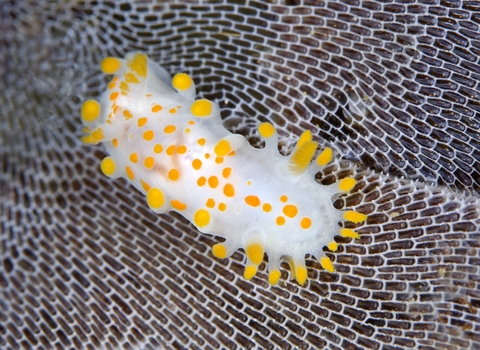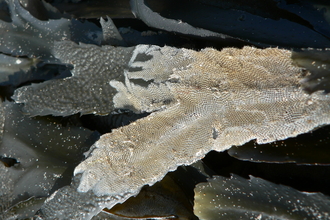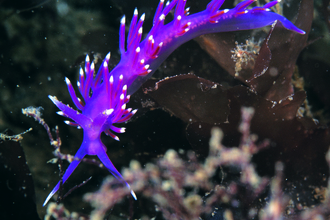
Orange-clubbed sea slug ©Alex Mustard/2020VISION
Orange-clubbed sea slug
A small colourful sea slug that can be found grazing on sea mats on the rocky shore and beyond the low water mark.
Scientific name
Limacia clavigeraWhen to see
January to DecemberSpecies information
Category
Statistics
Length: Up to 2cmConservation status
Common





